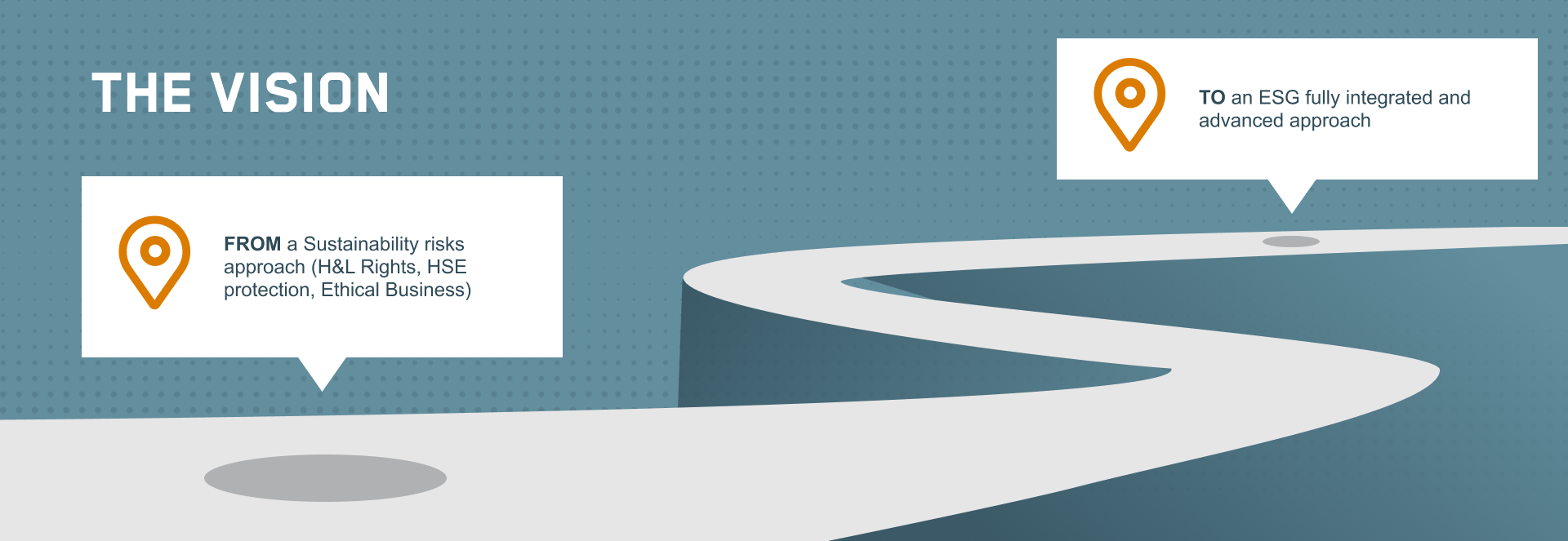Saipem believes in sharing sustainable value along its supply chain.
In over 65 years of services and operations, we have developed a strong and reliable vendor management system, based on mutual trust and ethical behaviour, including the protection of people and the environment.
We are committed to integrating ESG aspects into our supply chain in an increasingly advanced manner through ad-hoc initiatives. Learn more about our initiatives
